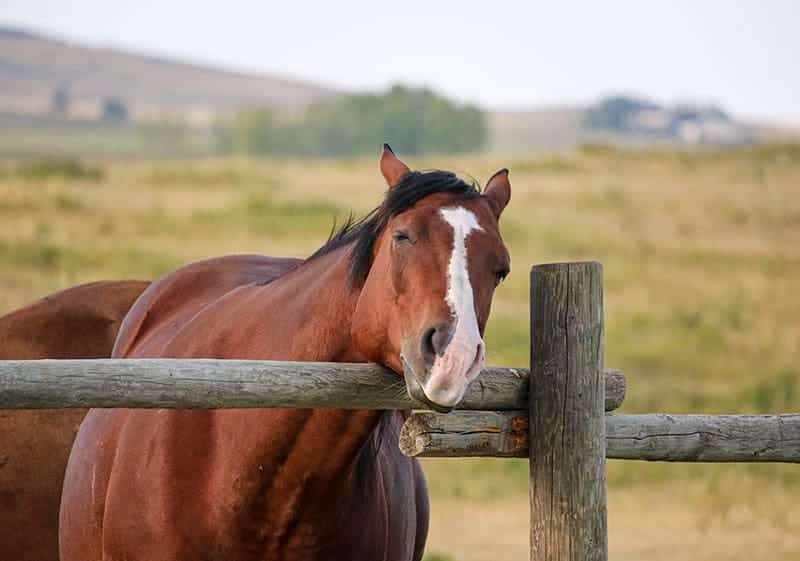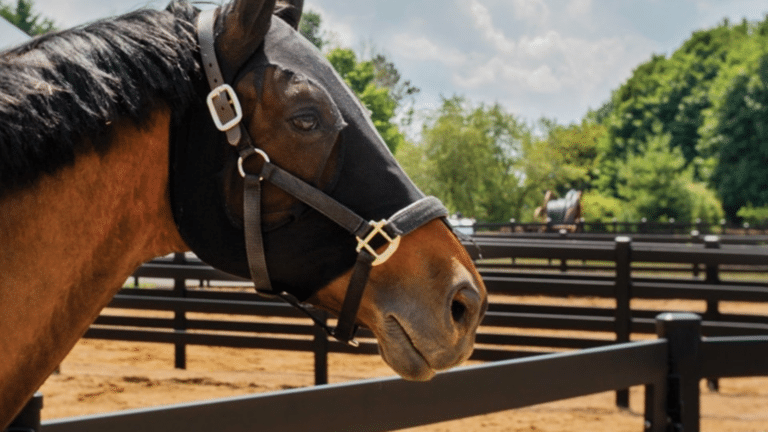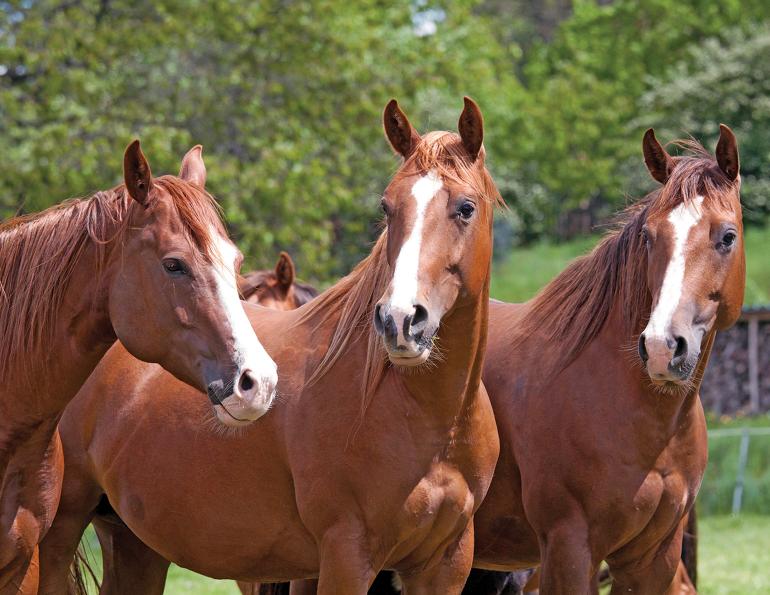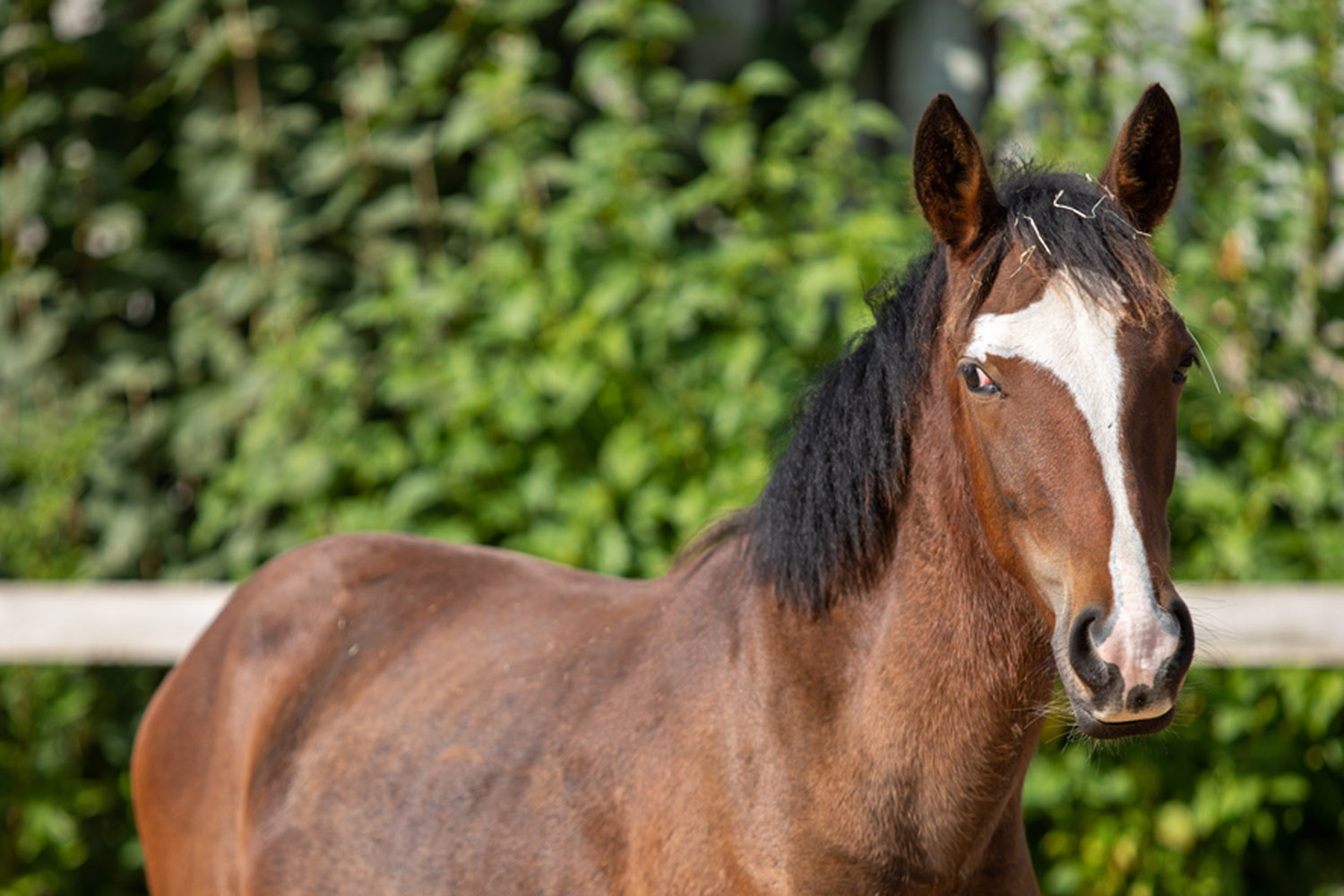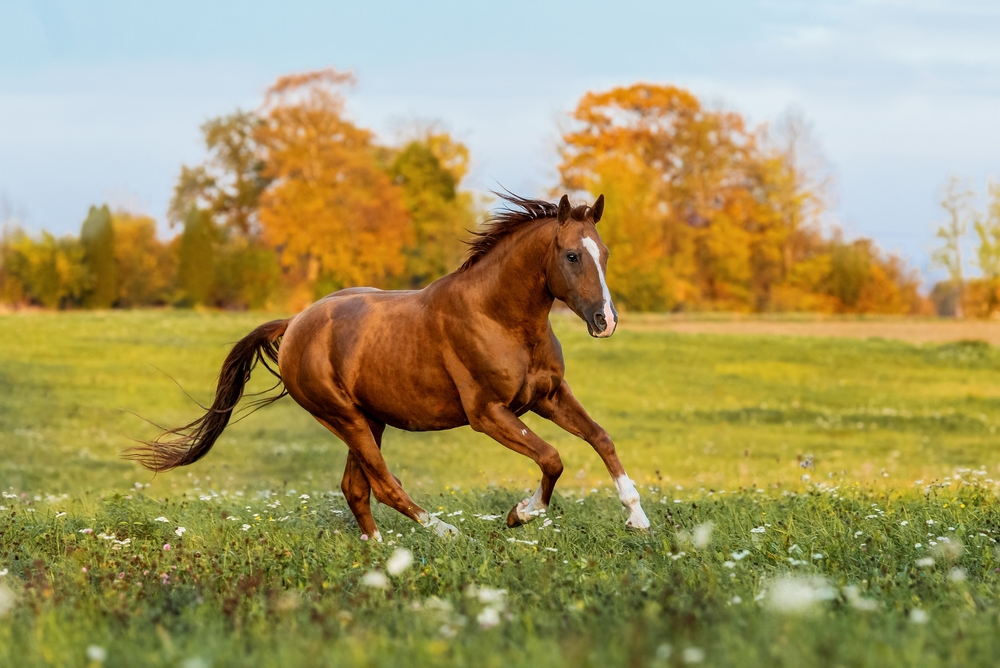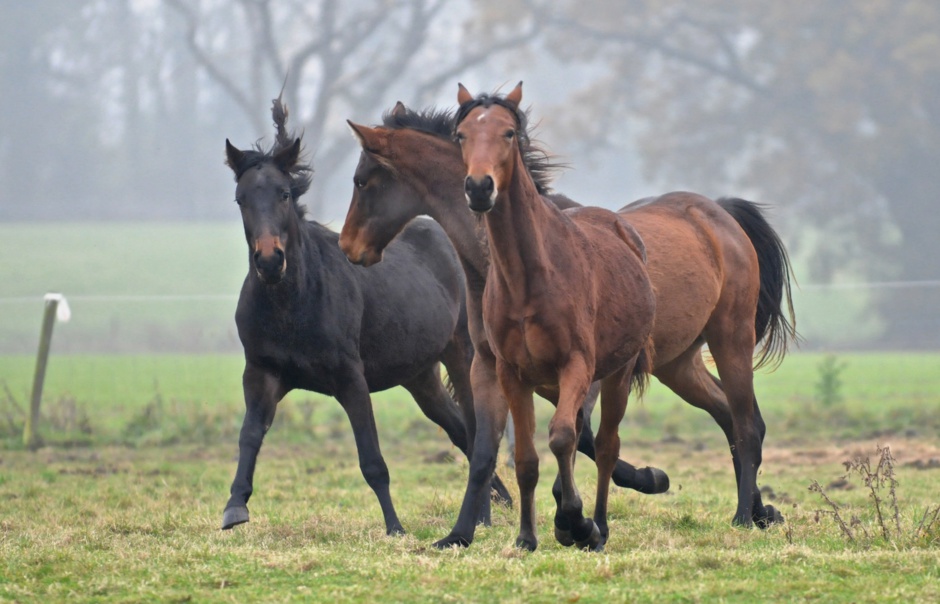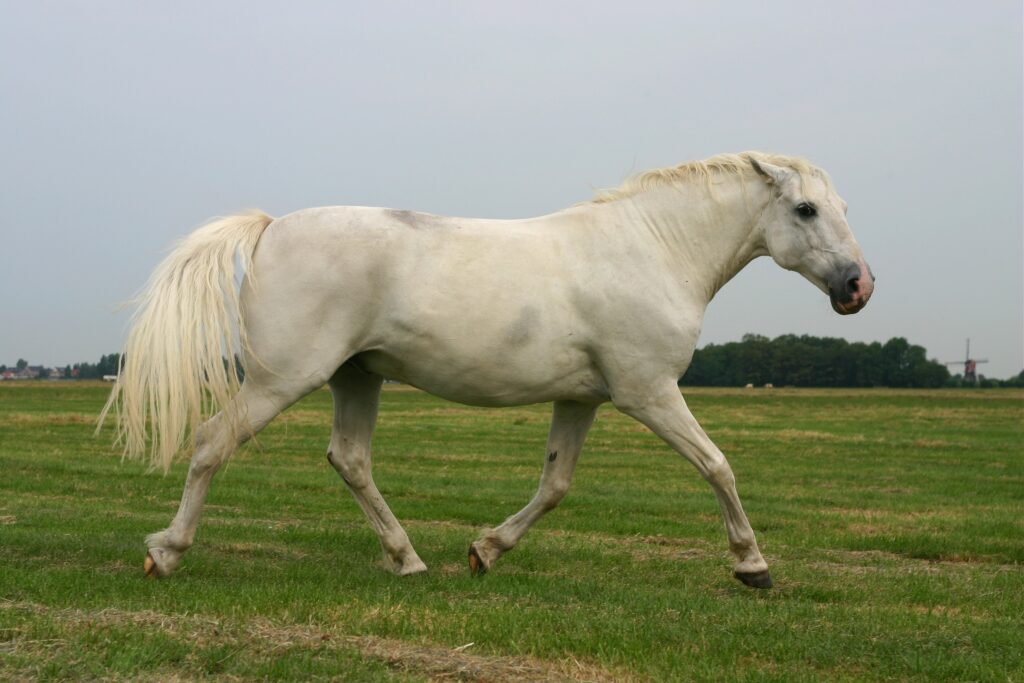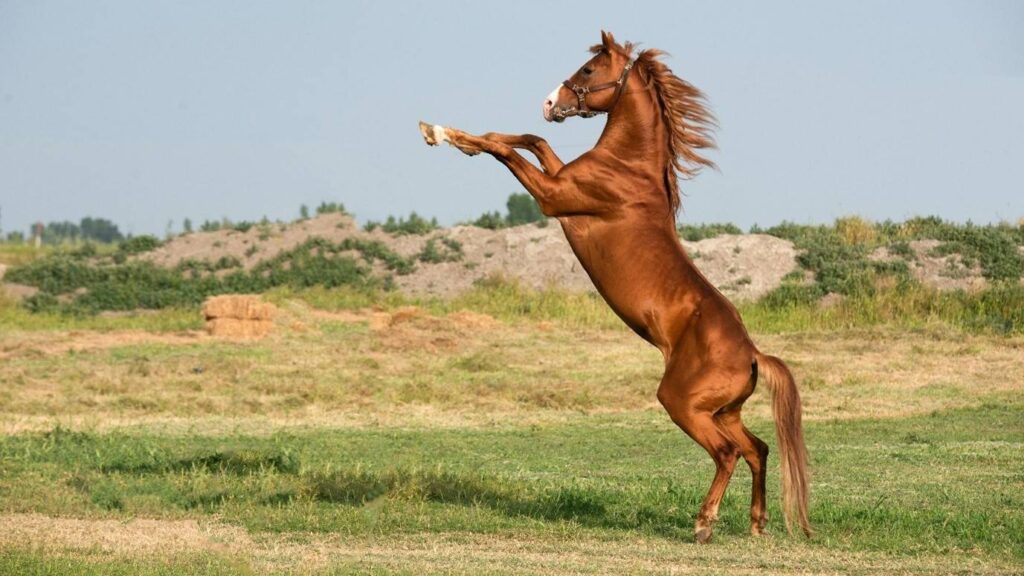Understanding the social dynamics in a herd of horses can be fascinating. One of the fundamental aspects of these dynamics is the concept of the pecking order. This article aims to shed light on this hierarchical system among horses, its implications, and how it can affect their behavior and interactions.
To delve deeper into equine behavior, you might want to check out this comprehensive resource on the basics of equine behavior.
Decoding the Hierarchical System
The concept of a pecking order, also known as a dominance hierarchy, is not unique to horses. It is observed in various animal species, including birds and primates. In the context of horses, it refers to the ranking system they establish within their herd.
Implications of the Pecking Order
The pecking order among horses influences their behavior, interactions, and even their feeding patterns. The dominant horses often eat first and have access to the best resources, while the subordinate ones wait their turn.
Understanding and Managing the Pecking Order
As horse owners or caretakers, understanding the pecking order can help manage the herd more effectively. It can aid in preventing conflicts, ensuring fair resource distribution, and promoting harmony within the herd.
Remember, a well-cared-for horse is a happy horse. It’s essential to nourish hooves daily and give your horse the best care possible.


